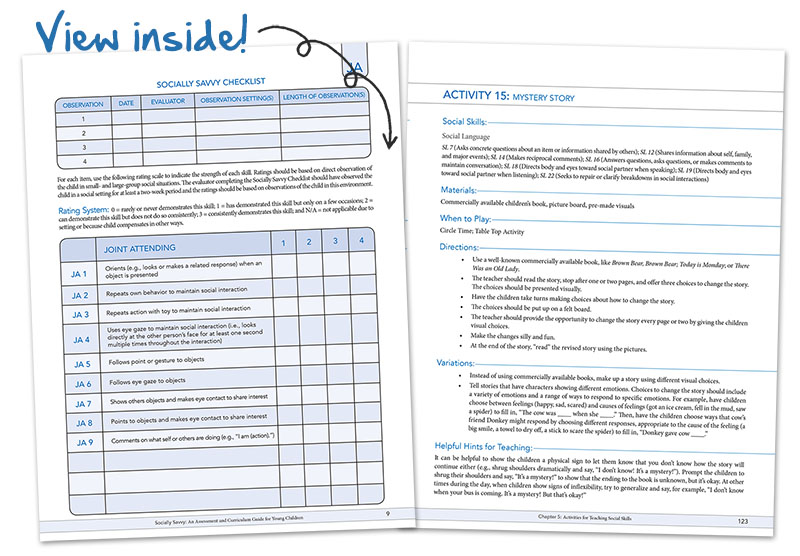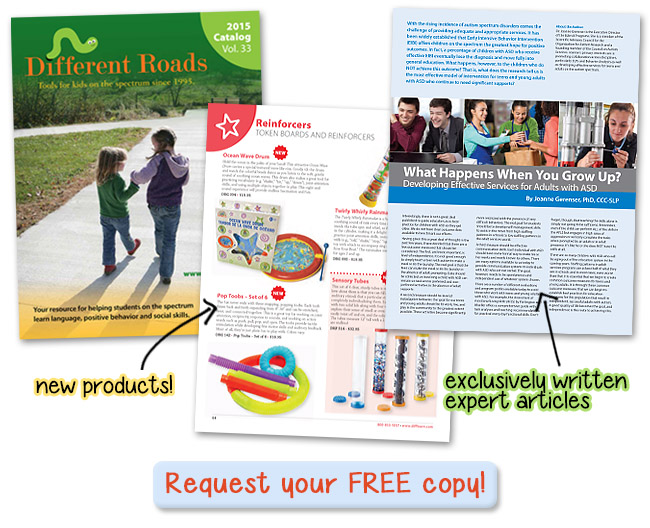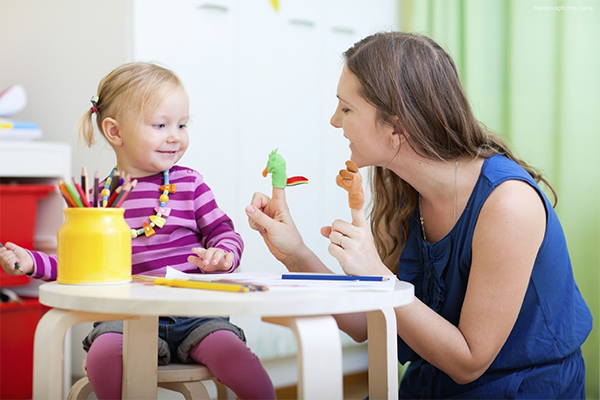Many of the families I work with struggle to get their child with autism through the bedtime routine. An activity schedule can help your child independently manage the routine.
You should select 3-5 tasks that your child can complete independently. The final task should be something that your child finds reinforcing, preferably something that can be done in or near the bed, such as being read to or listening to music. Based on your child’s reading skills, you can use pictures or text for the schedule.
You can arrange the activity schedule as a picture schedule or a checklist. Below are two samples. For the picture schedule sample shown below, I did an online search for the appropriate images, but when possible, I prefer to actually take a picture of the item or the learner engaged in the activity.

PICTURE SCHEDULE: I use self-adhesive laminating paper (which you can purchase at any office supply store) and laminate all pieces. Each task on the schedule has Velcro so the learner can arrange items in the order he/she wishes and can remove them once that activity is complete.

CHECKLIST SAMPLE: I use self-adhesive laminating paper for checklists as well. This way the learner can use a dry erase marker or crayon and reuse the same page each day. For many learners, I attach this to a clipboard and the clipboard hangs in an easy-to-reach spot.
What I like about the activity schedule beyond the fact that it promotes independence is that it also allows for some choice. The reinforcing activity must always come last, but the learner can choose what they want to have for that reinforcing activity. The learner can also have some flexibility for what order to place the items on the schedule. For example, your learner might prefer to pack his lunch before taking a shower. When implemented correctly, it’s a win-win for both parents and children.
For more information on implementing activity schedules, I highly recommend the book Activity Schedules for Children with Autism by McClanahan & Krantz.
Note: if you decide to use the iPad as the final item on the activity schedule, you should set the timer so the iPad turns itself off. To do this:
1) open the Clock app
2) click “Timer” on the bottom right of the screen
3) click “When Timer Ends”
4) scroll all the way to the bottom of that menu and click “Stop Playing”
5) set the timer for the appropriate amount of time,
6) hit “Start”
WRITTEN BY SAM BLANCO, MSED, BCBA
Sam is an ABA provider for students ages 3-12 in NYC. Working in education for ten years with students with Autism Spectrum Disorders and other developmental delays, Sam has developed strategies for achieving a multitude of academic, behavior, and social goals. Sam is currently pursuing her PhD in Applied Behavior Analysis at Endicott College.


 Recently I was working with a family to toilet train their son Jonathan, a six-year-old with autism. (Names and identifying characteristics have been changed to protect confidentiality.) When he eliminated in the toilet, part of his reinforcement was getting to watch the water go down the toilet after flushing. At some point, he developed the behavior of putting his hands into the toilet water as it was flushing.
Recently I was working with a family to toilet train their son Jonathan, a six-year-old with autism. (Names and identifying characteristics have been changed to protect confidentiality.) When he eliminated in the toilet, part of his reinforcement was getting to watch the water go down the toilet after flushing. At some point, he developed the behavior of putting his hands into the toilet water as it was flushing.
 With the
With the  In this article, Michael John Carley, Founder of GRASP – the Global and Regional Asperger Syndrome Partnership – shares his thoughts on evaluating autism life coaches for individuals on the spectrum. Diagnosed with Asperger Syndrome in 2000, Michael John Carley is the Founder and first
In this article, Michael John Carley, Founder of GRASP – the Global and Regional Asperger Syndrome Partnership – shares his thoughts on evaluating autism life coaches for individuals on the spectrum. Diagnosed with Asperger Syndrome in 2000, Michael John Carley is the Founder and first







 All of these mandates are essential to helping my students to progress, but they also serve to overlook my students’ strengths. There is little space on an IEP to focus on what my student is quite skilled at, or to detail a plan for encouraging those skills. The long-term implications of failing to nurture a student’s strengths range from increasing boredom and frustration in school to failing to prepare students for engaging careers.
All of these mandates are essential to helping my students to progress, but they also serve to overlook my students’ strengths. There is little space on an IEP to focus on what my student is quite skilled at, or to detail a plan for encouraging those skills. The long-term implications of failing to nurture a student’s strengths range from increasing boredom and frustration in school to failing to prepare students for engaging careers.